The Library of Consciousness
of Consciousness
The Long Childhood (1973)
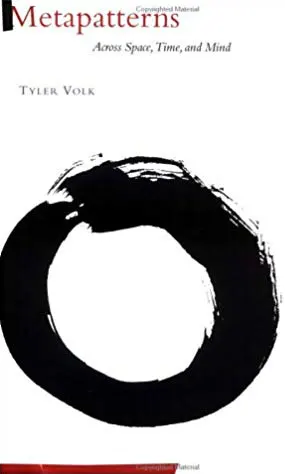
Metapatterns
In the interdisciplinary tradition of Buckminster Fuller’s work, Gregory Bateson’s Mind and Nature, and Fritjof Capra’s Tao of Physics, Metapatterns embraces both nature and culture, seeking out the grand-scale patterns that help explain the functioning of our universe. Metapatterns begins with the archetypal patterns of space, both form-building and relational. Tyler Volk then turns to the arrows, breaks, and cycles that infuse the workings of time. With artful dexterity, he brings together many layers of comprehension, drawing on an astounding range of material from art, architecture, philosophy, mythology, biology, geometry, and the atmospheric and oceanographic sciences. Richly illustrating his metapatterns with a series of sophisticated collages prepared for this book, Volk offers an exciting new look at science and the imagination. As playful and intuitive as it is logical and explanatory, Metapatterns offers an enlightening view of the functional, universal form in space, processes in time, and concepts in mind.
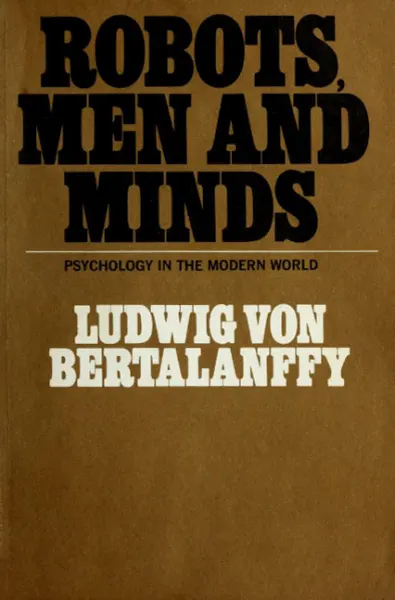
Robots, Men, and Minds
Based on lectures delivered as The Inaugural Lectures in The Heinz Werner Lecture Series at Clark University (Worcester, Mass.) in January 1966, the book introduces new conceptions of humans and their world. After discussing the advantages and drawbacks of humanity's propensity for the symbolic construction of reality, it focuses on the systems approach to an understanding of the species. The author warns against the common error of identifying cybernetics with general systems theory. No matter how complex the cybernetic system, it "can always be resolved into feedback circuits" and thought of in terms of "linear causality." The regulative behavior of general systems is determined by goal-directed, dynamic interaction between many forces and variables in an open system. Bertalanffy points out that "no comprehensive theory of systems exists today." As a model, however, the approach has many advantages, such as obviating the need for the "ghost in the machine" and suggesting some solutions to the mind-body problem.
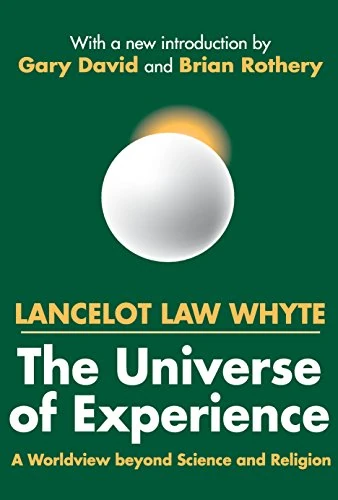
The Universe of Experience
Modern experience forces philosophy and social thought to confront the basic problems of value. Is this life worth caring about? How can we find a way between the deceit of fanatical belief and despair? In the view of Lancelot Law Whyte, the essential challenge to mankind today is an underlying nihilism promoting violence and frustrating sane policies on major social issues. Avoiding the seductive trap of utopianism, Whyte approaches this challenge by defining the terms of a potentially worldwide consensus of heart, mind, and will.
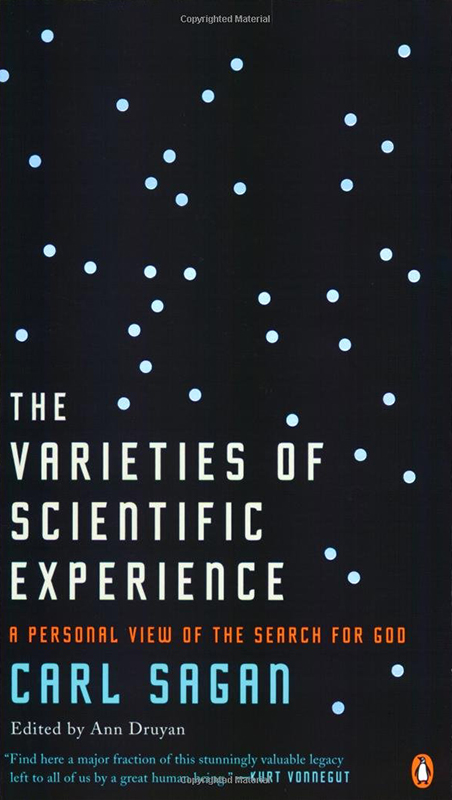
The Varieties of Scientific Experience
Carl Sagan's prescient exploration of the relationship between religion and science, and his personal search for God.
The Vision of a Better World
Two visionaries, Tom Munnecke and Barbara Marx Hubbard, engage in an uplifting dialogue exploring the emergence of human creativity and consciousness. They trace inspirations from mentors like Jonas Salk, who recognized futuristic possibilities in Hubbard, and Buckminster Fuller, who affirmed humanity's potential. Together they shine light on the crisis of our times as the birth pangs of a new civilization, calling us to connect with the creativity arising globally. Their exchange weaves threads of hope and positivity, envisioning a future where all people actualize their gifts in service of our world.
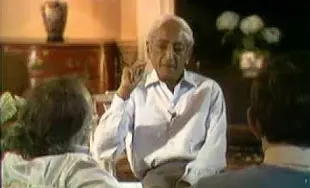
Are We Aware That We Are Fragmented?
This trialogue between Krishnamurti, Bohm, and Shainberg methodically uncovers the nature of man’s psyche, his fragmentation, the limitations of a thought-based society, and finds out if there is a wholeness, a sacredness in life which is untouched by thought.
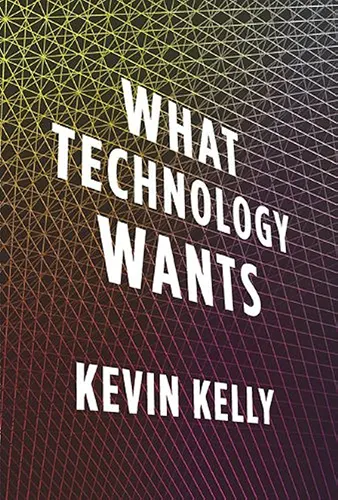
What Technology Wants
One of today's most respected thinkers turns the conversation about technology on its head by viewing technology as a natural system, an extension of biological evolution. By mapping the behavior of life, we paradoxically get a glimpse at where technology is headed—or "what it wants." Kevin Kelly offers a dozen trajectories in the coming decades for this near-living system. And as we align ourselves with technology's agenda, we can capture its colossal potential. This visionary and optimistic book explores how technology gives our lives greater meaning and is a must-read for anyone curious about the future.